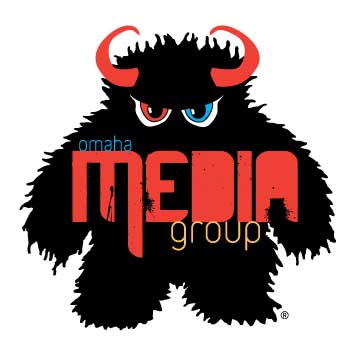 https://www.omahamediagroup.com/images/uploads/monster_gallery/Omaha-Media-Group-Black.jpg
admin
https://www.omahamediagroup.com/images/uploads/monster_gallery/Omaha-Media-Group-Black.jpg
admin
PART 1: How to read Quarterly Social Media Reports
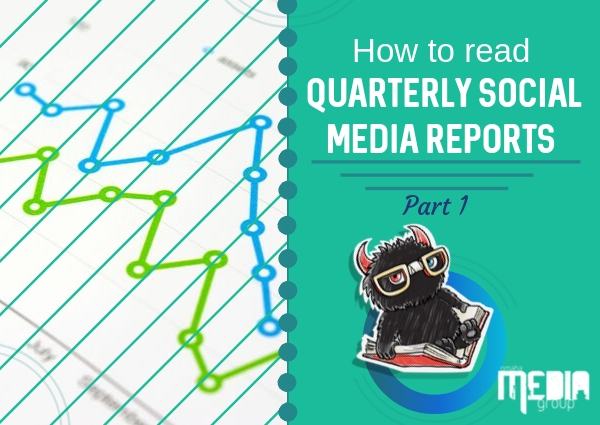
Each and every quarter our Omaha social media marketing agency will send each client their quarterly reporting! This report gives a basic understanding and summary of what all of our hard work does.
This is a 101 on reading and understanding our reports if you do not have time to schedule a meeting!
Activity Overview
First things first, if there are several accounts under one Monstrous.Digital, such as our internal accounts, the activity overview will grab the information from all accounts and put it together as so.
This DOES NOT mean that Monstrous Media Group alone had an audience of 35,596 this quarter. What this means is that all of our internal accounts within our Monstrous Media Group Monstrous.Digital account had a combined audience of 35,596 people.
As an Omaha social media marketing company, engagement is a critical factor. This is due to Facebook and Instagram algorithms that prioritize content that gets more likes, shares and comments than others on their social media platforms. If no one is engaging, there is a chance of a smaller reach and success.
The posts sent are simply the number of posts that were sent out during a given time period and mentions are people @-ing your profile. Now, let’s dive into the social platforms.

Instagram has kept it simple! This module tells us the amount of followers, the following and number of posts that have been posted over time.
The rest of the social media modules might start to get a bit tricky to understand. This is because there are different metrics that are similar but are very different! Stick with us!
On LinkedIn, there are three different metrics on this module: Impressions, Engagement and Clicks.
What are impressions? Impressions are the number of times your content has been noticed on LinkedIn.
Engagement is the total number of likes, shares and comments on your LinkedIn page over the quarter.
Clicks are the number of times consumers liked your content enough to click on it.
There are four different metrics on Facebook module: Impressions, Total Reach, Engagement and Page Consumptions.
As stated above, Impressions are the amount of times your content has been noticed by consumers.
The Total Reach is the amount of unique viewers who saw your content. When our Omaha social media marketing experts say “unique,” this means those who are not following the page already.
Post Engagement is the number of people who clicked anywhere on the post. The image, the text, the link or the post itself.
Page Consumption is the number of people that clicked or created anywhere on the Facebook page or “Liked” the Business Page. That is often where it gets confusing because post engagement and consumption seem so similar, but in reality, these two metrics are very different.
There are three metrics for Twitter: Daily Exposure, Post Engagement and Reach.
The Daily Exposure means the POTENTIAL number of people who are reading or noticing your post each day, while on the other hand, the Reach is the maximum potential audience who has seen your Tweets! The difference between the two? One predicts and the other measures who has seen your post.
Yeah, 1.5 million, no biggie!
Website Visits
A great part about the reporting is that it provides clients with a small understanding of Google Analytics. Visitors are the amount of people visiting your website during a given period of time. Our digital marketers can see the amount of views by hovering over the little blue dots, but once we send this over, the feature is no longer available. If a client would like to see how many website visits they had over a quarter, our experts can send a further in depth analysis from Google Analytics.
Traffic Source
There are two main components to this traffic source. The first half is the pie charts. These pie charts break down where traffic is coming from, how big of an increase or decrease from last quarter and the main platforms.
Social is the traffic that is coming from social media platforms listed on the right hand side of the report.
Referral traffic is traffic from other websites. This can be a website that backlinks our blogs in their blogs. This is one of the most common understanding and usages of referral.
Direct traffic is the number of users who make their way to your site by typing in your URL or use a bookmark that takes them directly to your website.
Organic search is when people type in queries, keywords such as Omaha social media marketing and find us based upon ranking.
The orange box on the bottom show that there was a 135.89 percent increase in traffic from social media channels from Q2! While the gray box shows an increase in referral traffic by 4.67 percent and finally the blue box traffic from search increased by 2.03 percent since last quarter. Overall, not too shabby for a quarter.
The second half of this report is harder. This shows the top referrals which can be hard to explain to clients. “Why is google.com/ ldsjgh;sbg;ksbjg;sjba a main referral.” Without us going into Google Analytics, we are not sure what that search query is exactly is, and even then, Google might not let us 100 percent know.
As one can see there is Google, LinkedIn and Facebook. The other ones in here would need to be researched. It’s important to double check they are not spammy websites or that our content is associated with a website that Monstrous Media Group would not want to be associated with.
From there, it does show some top keywords, but this can be outdated or a bit off from what our strategies are. This is because it is pulling from a small part of Analytics.
Well, that’s is EVERYTHING we would cover in a Quarterly meeting with clients! The next step is taking this and understanding with goals. We’ll discuss that one next week.
Hire the team to help you with your website, app, or other marketing needs.
We have a team of digital marketers who can help plan and bring to life all your digital marketing strategies. They can help with social media marketing, email marketing, and digital advertising!
CONTACT US

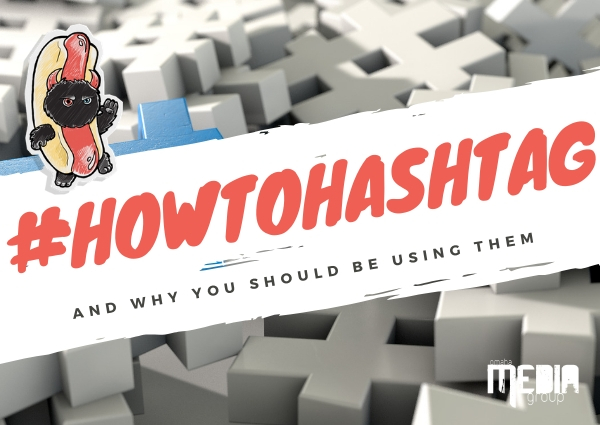
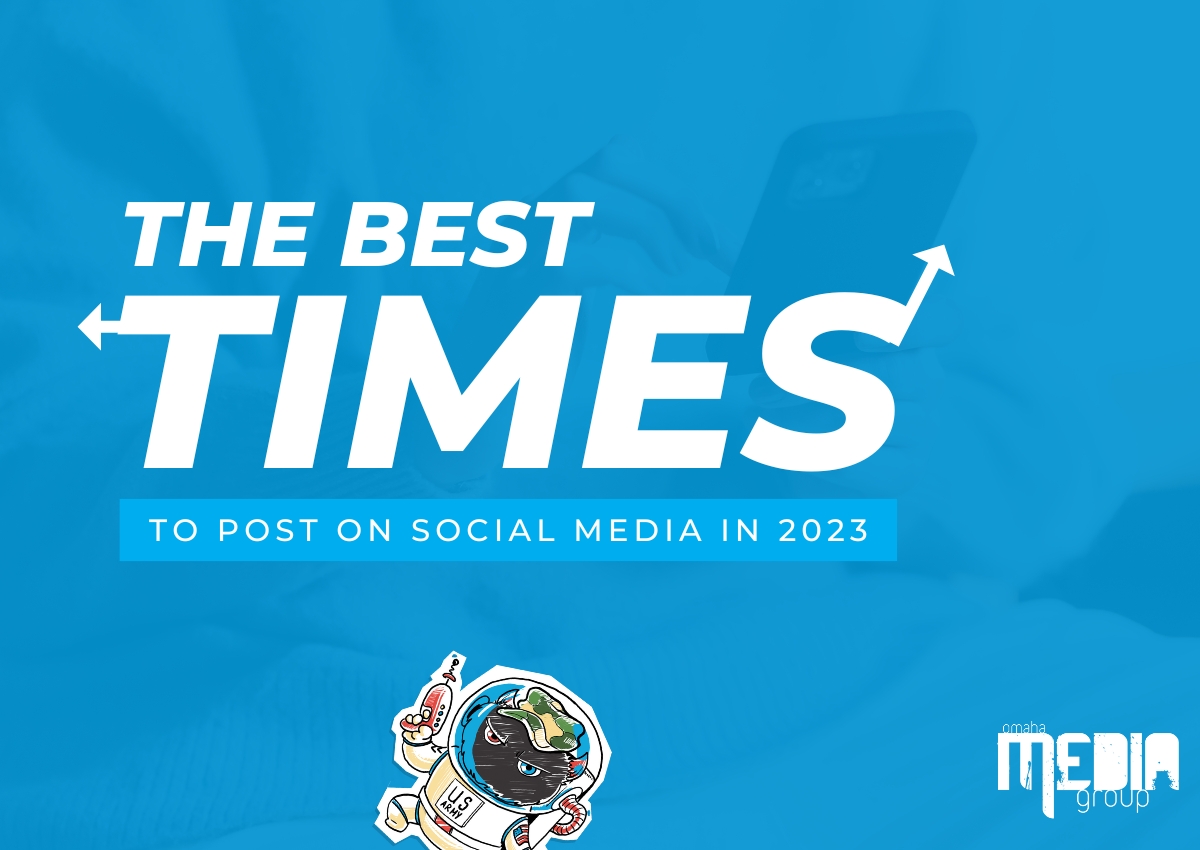
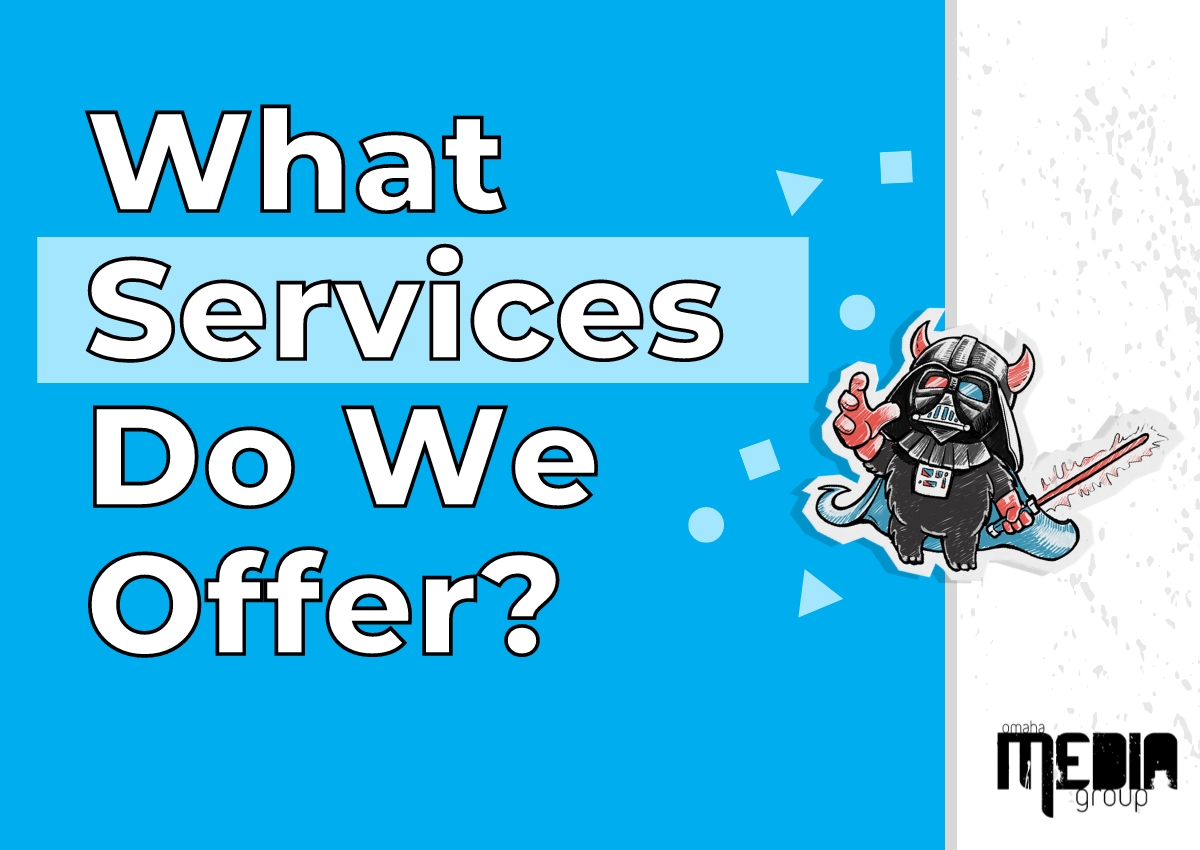
Comments